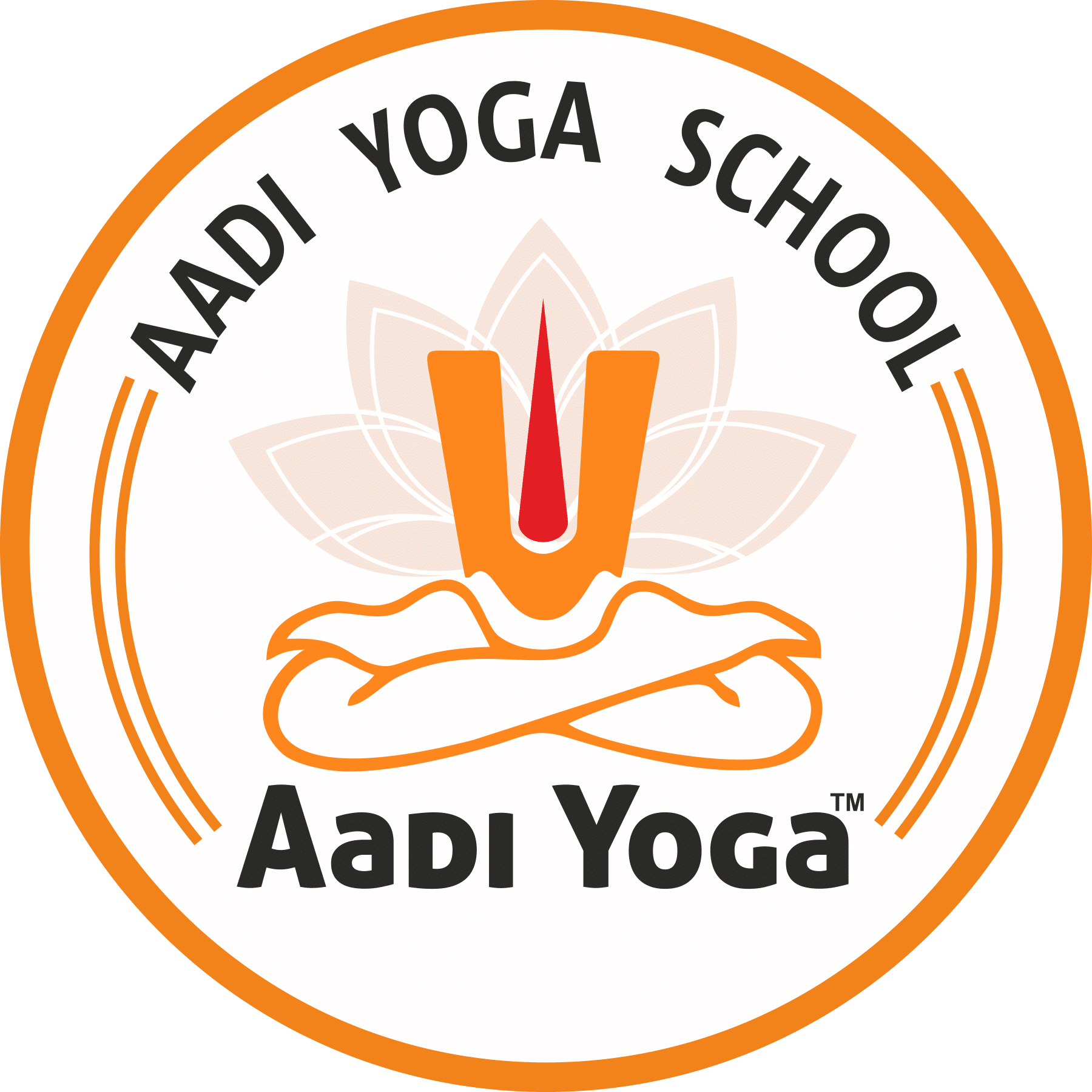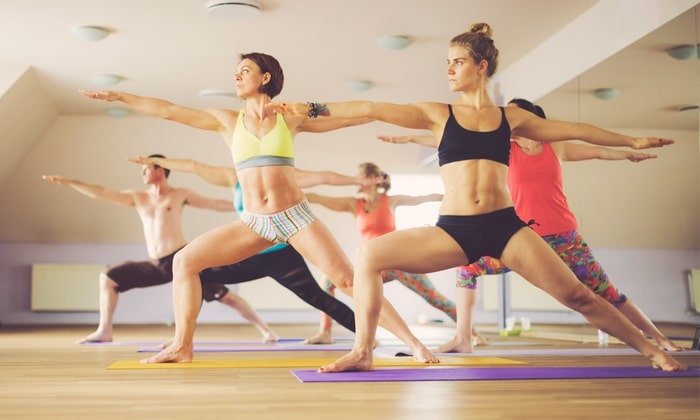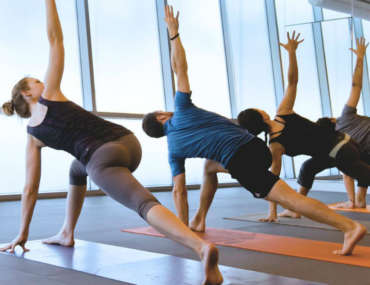Yoga for beginners in daily routine, Beginning yoga can be exciting and sometimes full of worry for many. If you are a beginner to yoga, various poses are essential for you to adapt so you can feel good in a class or rehearsing without anyone else at home. It is difficult to limit everything down since there are more than 300 positions in the physical yoga practice (asana). However, these postures can begin you off in the correct way. If you do every single one of these for 5-10 breaths, it likewise makes an extraordinary learner’s yoga program for you to perform each day.
The yoga basics
Yoga is done in uncovered feet on a yoga mat. Indeed, even the most fundamental yoga stretches require clothes that can move or stretch, so wear the dress in which you feel most comfortable that enables you to move around effectively. Educators will regularly propose that you leave your sense of self that incorporates not acting naturally self-conscious about the dress you are wearing. Wear what makes you feel better.
A few classes utilize extra props or equipment, for example, blocks, straps, blankets, bolsters, and seats. You don’t have to buy any of these to start practising yoga. In case you go to a class at a studio, they will give everything that you need. However, in case you’re completing a class online, you will require a yoga mat, and you will need to verify whether extra equipment is required. If it is, there are simple approaches to supplant normal yoga props.
In case you’re going to buy anything, you should purchase a yoga mat. Most studios give mats to free or rental. However, they are regularly less expensive plastic mats, and you will probably feel better on a tangle that you picked yourself. Mats come in all sizes and materials, so it’s great to teach yourself, especially in case you’re searching for something supportive and non-toxic on joints, for example, wrists and knees.
The benefits of yoga for beginners:
There are various benefits of yoga. Yoga can assist you:
- Improve as well as maintain the muscles, organs and joint’s health
- Remain your mind fit
- Get better sleep at night
- Speed healing from training
- Prevent injuries and improve performance in sports
- Decelerate the negative outcomes of an office job
- Avoid conditions for example heart disease, diabetes, as well as auto-immune disorders
- Boost your sense of well being and happiness
Which yoga are beneficial for making my focus strong?
Yoga is tied in with connecting breath given the movement and ending up completely present and body. The training itself is focused on concentration – center around the breath, the movement, and the alignment.
Poses to Improve Your Concentration:
Tree Pose (Vrksasana)
The quintessential yoga balance, and a pose where you’re remaining on one leg, Tree Pose truly requires consideration and focus on settling.
Eagle Pose (Garudasana)
Another stability pose that expects you to remain on one leg, Eagle Pose binds and twists your whole body, driving you to focus on the present minute.
Warrior III (Virabhadrasana III)
This flying warrior posture requires concentration and focus as you settle your body on one leg and attract your middle parallel to the floor.
Half Moon Pose (Ardha Chandrasana)
Another legged equalization, Half Moon works the hips the other way of Warrior III, making receptiveness inside the hip joint and convergence of the psyche.
Dancer’s Pose (Natarajasana)
This adjusting backbend takes a mess of attention and focuses on making receptiveness and extension while keeping up equalization on one leg. Fixation is fundamental to rehearse this posture.
Extended Hand-to-Big Toe Pose (Utthita Hasta Padangusthasana)
As though adjusting on one leg isn’t hard enough, this stance kicks it up a score requiring quality, adaptability, and a major portion of focus.
Side Plank (Vasisthasana)
This parity posture has two positions of contact with the floor; however, that doesn’t make it any simpler. Requiring heaps of concentration to settle and adjust, this posture is a genuine trial of mindfulness.
Crow Pose (Bakasana)
This difficult yet open arm parity expects regard for some subtleties of arrangement inside the body, complete presence and forcing concentration inside the occasion.
Headstand (Salamba Sirsasana)
Flipping around and adjusting on your head does a genuine trial of focus and present minute mindfulness since you have to concentrate completely on the job need to be done relentlessly.
Forearm Stand (Pincha Mayurasana)
Likely one of the most testings of all parity poses, balancing and inverting exclusively on your lower arms unquestionably requires extreme focus to have the option to accomplish.
What is the best time for yoga activity?
To follow yoga in daily routine isn’t always easy. However, it is informative to remember that even 10 minutes of yoga practice a day can have positive benefits on your physical and mental health.
By self determinations to set aside some time for daily yoga practice, you can easily follow yoga into your daily routine life.
The very best time to practice yoga in the early morning time. The second most conductive time is early evening, around sunset.
Sunrise is the perfect time to practice yoga. Brahma Muhurta, which is 3:40 am, is anything but a useful choice for a great deal of us. Subsequently, as indicated by specialists, sunrise time is practical and ideal. Sunrise time is explicitly prescribed. Between 5 am to 7 am toward the beginning of the day is ideal. This is the point at which you feel active, and the air is also fresh.




